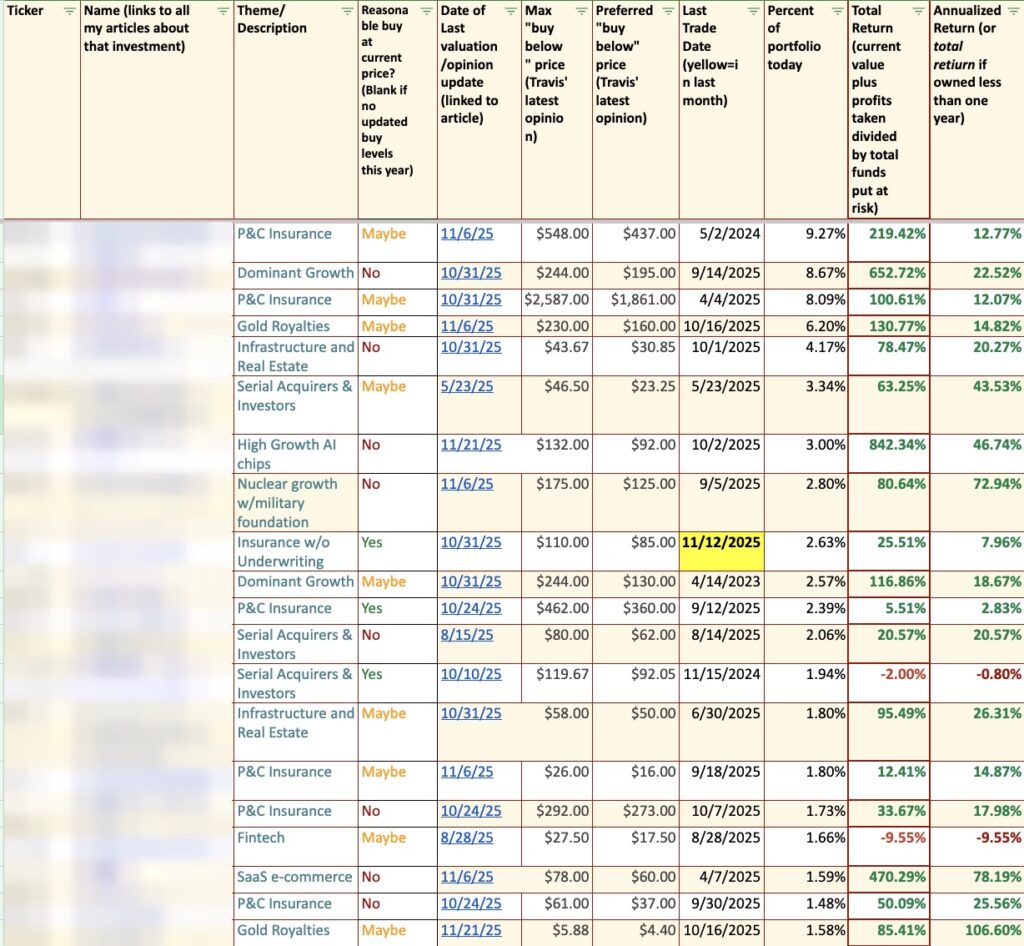Andrey Grigoriev
Non-U.S. equities, including emerging markets (EM) equities, are likely beneficiaries of falling interest rates in the United States and the dollar weakening rather than strengthening, potentially paving the way for a good year for global equities.
Global Markets—Far From Smooth, but Surpassing Expectations
Albeit far from smooth, global markets surpassed expectations in 2023. Growth equities rebounded during the year, led primarily by strength in technology and communication services.
While markets wrestled with interpretations of inflationary data and central banks’ tone on monetary policy, 2024 is shaping up to be a “normal” expansionary year.
Importantly, 2024 may prove to be the very first post-COVID year with healthy levels of economic growth and inflation, as the economic distortions from the pandemic have normalized.
Post-pandemic inflation was driven primarily by the supply side, following the massive shocks that permeated it in the aftermath of what was a very abrupt medically-driven closure of global economies.
This, in turn, led to massive distortions in the supply chains of many goods, and increasingly, services, resulting in the bouts of inflation that we’ve experienced – housing in the United States, energy in Europe, and food prices in Japan, to highlight a few.
But these sorts of supply shocks tend to dissipate over time as suppliers, companies, and demand adjust. We have experienced that over the past several months, and we now believe the lofty levels of inflation are increasingly in the rearview mirror.
In this environment, we expect a continuation of broad growth, particularly from the United States, but a bit less in Europe. We also see potential for accelerated strength in Japan.
More specifically, we expect developed markets to grow by more than 2% on a sustainable basis, with inflation of 2.0% to 2.5%, which is a healthy outlook.
And while that level of inflation is meaningfully higher than what we experienced over the past decade, it should be manageable, allowing central banks to ease monetary policy accordingly. We expect real rates of 1.0% to 1.5% to be sustained eventually.
Profit Growth and Valuations Look Healthy
With that as a backdrop, and as expected in an economic expansion, we anticipate accelerating corporate profit growth in most major markets.
The United States has the highest expected growth of the large developed markets (about 12%), but expectations feel elevated compared to our economic outlook.
Japan, on the other hand, could see further upside to growth expectations (9%) on top of an already strong growth year in 2023.
We believe Europe should be able to achieve expectations of healthy (albeit lower) profit growth of roughly 6%.
And, while aggregate earnings growth in EMs was negative last year, we believe it has the potential for the largest rebound in 2024.
Regional valuations are aligned with these growth expectations, with the United States the highest, above its pre-COVID peak, at 19.3 times next 12 months price to earnings (P/E). This compares to 14.2 times for Japan and 12.7 times for Europe. EMs lag at 11.9 times.
Our expectations for realized profit growth versus consensus estimates, combined with these valuation differentials, suggest non-U.S. markets could be poised for better performance than the United States, but more on this later.
Focus on Japan
As we discussed last quarter, we see potential for acceleration of growth in Japan.
The government has undertaken initiatives designed to increase growth and improve corporate performance.
For example, the Tokyo Stock Exchange has been incentivizing all companies trading below their book value to devise a plan to improve capital efficiency.
And the new Nippon Individual Savings Account (NISA) will provide retail investors a tax-exempt investment program beginning in January 2024.
These and other developments lead us to believe that the improvement in Japanese corporate performance can persist. Japan is thus an area of focus for us.
Don’t Write Off China
Within China, the acceleration of economic growth following the abandonment of COVID restrictions failed to materialize, as it did in many other large economies. But while economic growth remains at unacceptably low levels, we’d be remiss to write off China’s future growth potential.
For example, automobile exports rose ninefold in just three years, and importantly, more than half this growth was driven by electric vehicles.
We also believe China should continue to close its technological gap in other key areas, such as semiconductors, artificial intelligence, quantum computing, material sciences, and healthcare.
Government policy and investability issues will remain key to market sentiment.
Paving the Way for Outperformance
So, all things considered, we believe non-U.S. equities, including those of emerging markets, are set to outperform.
They are likely beneficiaries of falling interest rates in the United States and the dollar weakening rather than strengthening.
To the extent that we expect growth differentials and interest rate differentials to moderate, the dominance of the dollar should subside, thus paving the way for better non-U.S. equity performance.
Original Post
Editor’s Note: The summary bullets for this article were chosen by Seeking Alpha editors.
















